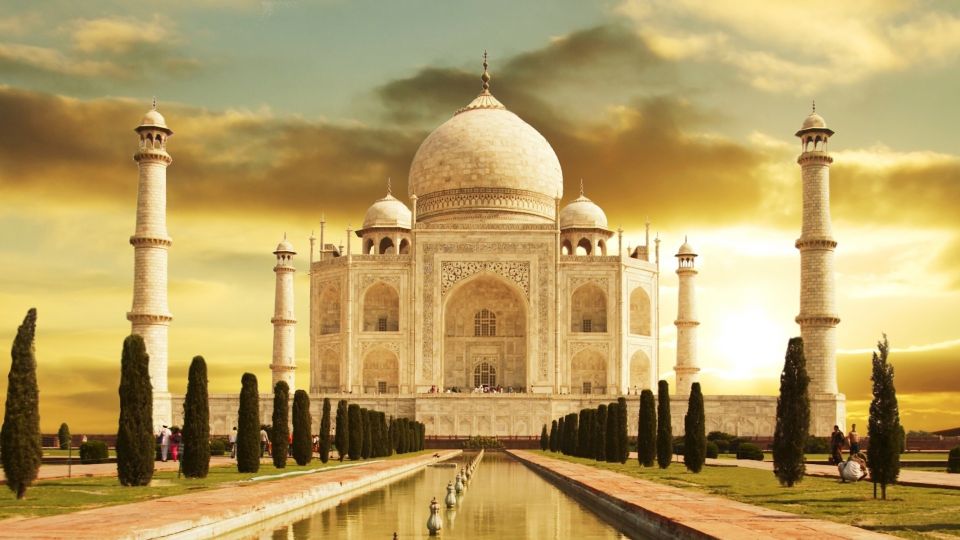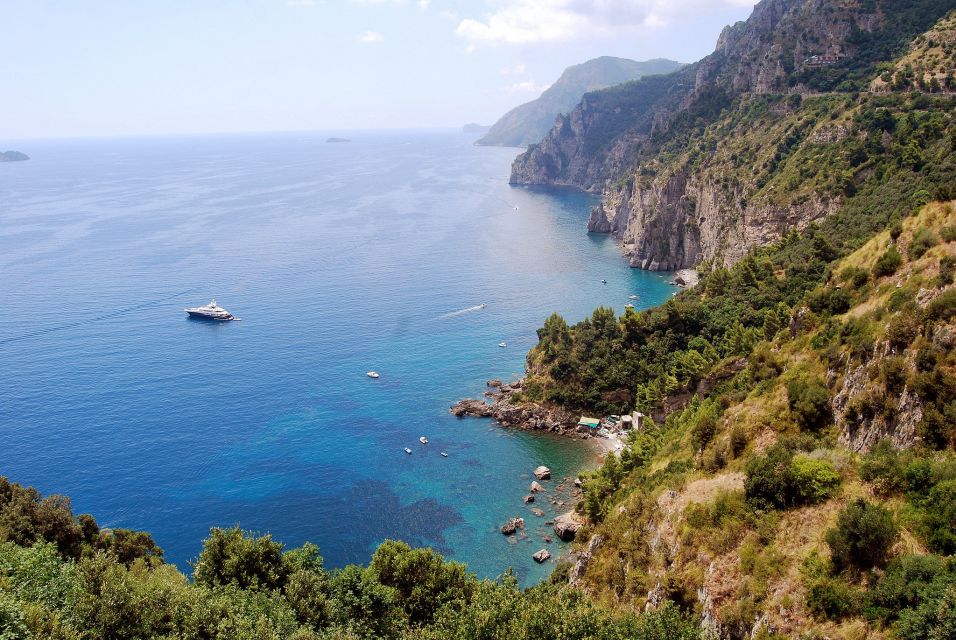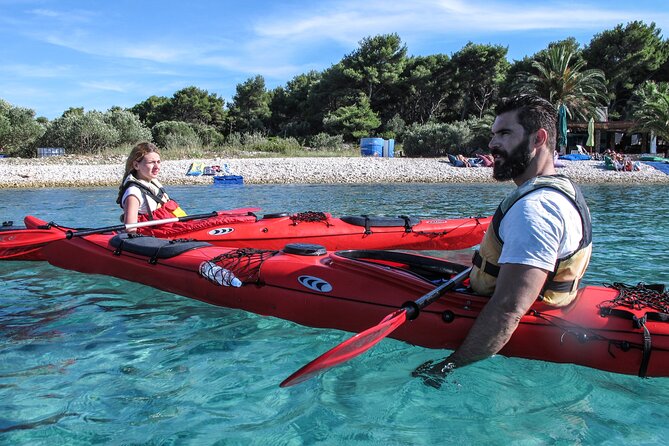Nestled amidst the rugged landscapes of the Peruvian Andes, Huanuco Pampa beckons with its enigmatic allure, inviting visitors to unravel the mysteries of the Inca Empire.
As one steps onto the ancient grounds of this archaeological marvel, a sense of wonder and curiosity fills the air, hinting at the untold stories waiting to be discovered.
From the strategic layout of its structures to the intricate rituals performed within its walls, Huanuco Pampa offers a glimpse into a bygone era that continues to captivate historians and adventurers alike.
Just The Basics
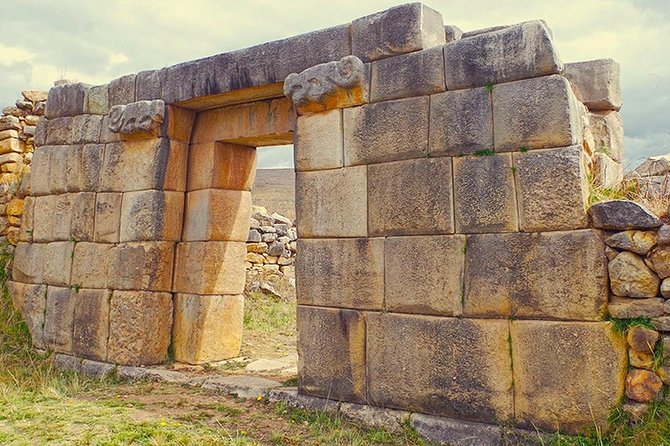
- Huanuco Pampa served as a central hub of the Inca Empire, showcasing advanced engineering and organizational skills.
- The site offers insights into the economic, social, and political structures of the Inca Empire through its architectural features.
- Inca rituals and ceremonies at Huanuco Pampa reveal the spiritual world and cultural practices of the ancient civilization.
- Strategic location, defense mechanisms, and innovative agricultural practices highlight the significance of Huanuco Pampa in sustaining the community.
It's also worth checking out some other tours and experiences nearby.
Historical Significance of Huanuco Pampa
The historical significance of Huanuco Pampa shines through as an ancient Inca Empire center that once bustled with plazas, storehouses, and ceremonial structures. This archaeological site holds immense value in understanding the advanced engineering skills of the Incas and their organizational prowess.
The preservation challenges faced at Huanuco Pampa are significant, with efforts ongoing to protect the site and its historical artifacts from natural elements and human impact. The archaeological significance of this location extends beyond its physical layout, offering insights into the Inca Empire’s economic, social, and political structures.
Through the study of Huanuco Pampa, researchers continue to unravel the mysteries of this ancient civilization, piece by piece.
Architectural Layout and Design
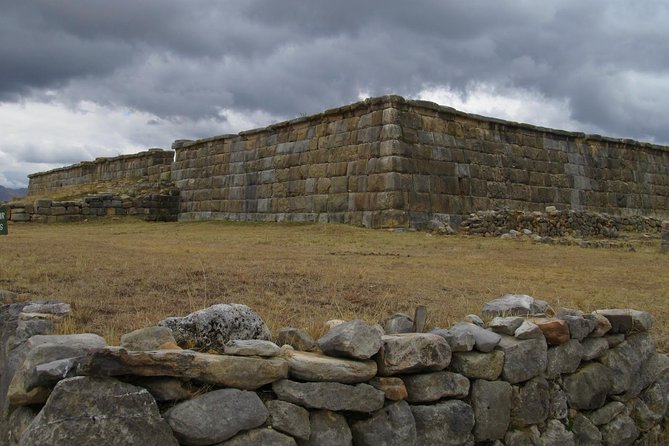
With intricate stone structures and strategic positioning, the architectural layout and design of Huanuco Pampa reveal the ingenuity of the Inca civilization. The site showcases remarkable architectural innovations and construction techniques that were ahead of their time.
The layout includes plazas, storehouses, and ceremonial structures meticulously arranged to serve various functions within the complex. The precision of the stone masonry, with stones fitting seamlessly together without mortar, demonstrates the advanced engineering skills of the Incas.
The strategic positioning of buildings within the site indicates a deep understanding of environmental factors and urban planning. The architectural layout and design of Huanuco Pampa stand as a testament to the Inca civilization’s mastery in construction and urban design.
Cultural Importance and Rituals
Inca rituals and cultural practices at Huanuco Pampa offer a fascinating glimpse into the beliefs and traditions of this ancient civilization. The site wasn’t only a center for political and economic activities but also played a crucial role in religious ceremonies and cultural rituals.
The Incas performed elaborate ceremonies to honor their deities, with offerings and sacrifices being common practices. Religious ceremonies were intricately linked to the agricultural calendar, emphasizing the importance of nature in Inca beliefs.
Structures like the Sun Temple and the Great Plaza were likely central to these rituals, showcasing the spiritual significance of Huanuco Pampa. Exploring these cultural practices provides valuable insights into the spiritual world of the Inca Empire and the role of rituals in their society.
Strategic Location and Defense
Strategically positioned atop a high plateau, Huanuco Pampa commands a commanding view of the surrounding landscape, making it an ideal location for defense and surveillance.
- Strategic advantages:
- Elevated position provides a strategic vantage point.
- Difficult terrain surrounding the site acts as a natural barrier.
- Control over major trade routes in the region.
- High visibility allows for early detection of approaching threats.
Defensive structures:
- Walls and fortifications constructed around the perimeter.
- Watchtowers strategically placed for monitoring the surroundings.
- Entrances designed for controlled access.
- Storage facilities for supplies to withstand sieges.
These features collectively demonstrate how Huanuco Pampa was well-equipped to protect its inhabitants and assets.
Agricultural Practices and Sustainability
A key aspect of sustaining the thriving community at Huanuco Pampa was the innovative agricultural practices implemented by its inhabitants.
The Incas utilized advanced agricultural techniques such as terrace farming, irrigation systems, and crop rotation to maximize productivity in the challenging Andean environment.
These methods not only ensured a stable food supply for the population but also had a positive environmental impact by reducing soil erosion and preserving natural resources.
Daily Life in the Inca Empire
Daily life for the inhabitants of Huanuco Pampa in the Inca Empire revolved around a harmonious blend of work, social interactions, and cultural practices.
-
Daily Routines: Inca citizens followed structured daily routines that included tasks like farming, weaving, and pottery making.
-
Social Structure: Society was organized hierarchically, with the emperor at the top, followed by nobles, commoners, and slaves.
-
Community Gatherings: Inca people regularly gathered for communal activities such as religious ceremonies, feasts, and sporting events.
-
Cultural Practices: The Inca Empire placed a strong emphasis on preserving traditions through activities like music, dance, and oral storytelling.
Trade and Commerce at Huanuco Pampa
Trade and commerce thrived at Huanuco Pampa, serving as vital components of the economic activity within the Inca Empire. The site’s strategic location allowed for the convergence of various trade routes, facilitating economic exchange between different regions.
Huanuco Pampa functioned as a bustling hub where goods, such as textiles, agricultural products, and ceramics, were traded and distributed across the empire. This vibrant commercial activity not only contributed to the economic prosperity of the empire but also fostered cultural exchange and interaction among diverse communities.
The efficient management of trade routes and the flow of goods at Huanuco Pampa played a crucial role in sustaining the Inca Empire’s economic prowess and ensuring the interconnectedness of its vast territories.
Legacy and Preservation Efforts
Efforts to preserve the legacy of Huanuco Pampa encompass a range of initiatives aimed at safeguarding the site’s historical significance for future generations.
-
Legacy Conservation: Ongoing projects focus on maintaining the structural integrity of the site’s buildings and infrastructure to ensure that future visitors can appreciate its historical value.
-
Community Engagement: Local communities are actively involved in preservation efforts, fostering a sense of ownership and pride in the cultural heritage of Huanuco Pampa.
-
Educational Programs: Initiatives are in place to educate visitors and locals about the historical importance of the site, promoting a deeper understanding of its significance.
-
Sustainable Tourism Practices: Efforts are being made to implement sustainable tourism practices to minimize the impact on the site while still allowing visitors to experience its rich history.
Here's a few more nearby tours and experiences we think you'll like.
- From Ancash: the Essence of Huayhuash Trek |6days-5nights|
- From Huaraz || Trekking Santa Cruz-Llanganuco 4Days /3 Night
- From Huaraz || Trekking Cordillera De Huayhuash 8 DAYS ||
- Trekking of the 4 Lakes Ahuac, Mullaca, Carhuac, Radian 2DAY
- From Ancash: Trekking Huayhuash Queropalca |7Days-6Nights|
- From Ancash: Hiking the Essence of Huayhuash 6d/5n
Common questions
What Is the Best Time of Year to Visit Huanuco Pampa?
The best time to visit Huanuco Pampa is during the dry season from May to September. Enjoy favorable climate conditions for exploring plazas and ceremonial structures. Engage in activities with fewer crowds and clearer views.
Are There Any Nearby Accommodations or Lodging Options for Visitors?
Nearby accommodations and transportation services are available for visitors. Camping and hiking opportunities are abundant in the area. Visitors can enjoy the convenience of lodging options while exploring the stunning landscapes and historical sites.
Is There a Specific Dress Code or Recommended Attire for Exploring Huanuco Pampa?
When exploring Huanuco Pampa, visitors should respect cultural customs by wearing appropriate clothing. Traditional garments may not be required, but modesty and respect for cultural norms are essential to fully immerse in the experience.
Are There Any Local Restaurants or Dining Options Near the Site?
Local cuisine enthusiasts visiting the site can enjoy traditional dishes at nearby restaurants. These eateries offer a variety of authentic flavors that showcase the region’s culinary heritage, providing a delightful dining experience for travelers.
Are There Any Specific Safety Precautions or Guidelines That Visitors Should Be Aware of Before Visiting Huanuco Pampa?
Visitors should heed safety precautions before exploring Huanuco Pampa. Respect cultural etiquette by following guide instructions, staying on designated paths, and refraining from touching ancient structures. Be mindful of altitude effects and dress appropriately.
Not for you? Here's more of our most recent tour reviews happening neaby
- Huaraz: Pastoruri Glacier Day Trip
- From Ancash: Tour in Huaraz With Tickets and Hotel |5d-4n|
- From Huaraz: Chavín De Huantar & Chavín Museum Day Trip
- Ancash: Trek and Adventure to Quillcayhuanca |3Days-2Nights|
- Huaraz: Nevado Mateo Full-Day Climbing Excursion
- From Huaraz: Mini Trekking Huayhuash 4 Days
- From Huaraz: Trekking Santa Cruz – Llanganuco 4D/3N
- From Huaraz | Live an Adventure Between Mountains and Lakes
- Ancash: Mountaineering to the Mountain Vallunaraju |2D-1N|
- Huaraz: 3-Hour Trek to Laguna 69 With Optional Lunch
- From Ancash: Trekking Santa Cruz/Llanganuco |4Days-3Nights|
- Huaraz| Lagoons and Mountains 3D |Entrance Fees and Lunch|
- Huaraz: Full-Day Tour to Lake Parón With Optional Lunch
- From Huaraz: Private Hike of Laguna Churup With Packed Lunch
- Huaraz: Llanganuco Lake Day Trip
Last Words
To sum it up, Huanuco Pampa stands as a remarkable testament to the ingenuity and legacy of the Inca civilization. Its historical significance, architectural design, cultural importance, and strategic location all contribute to its status as a center of the Inca Empire.
With its rich history and ongoing preservation efforts, Huanuco Pampa offers visitors a unique opportunity to enjoy the daily life, trade, and rituals of this ancient civilization.

